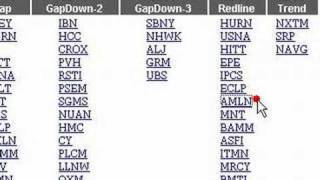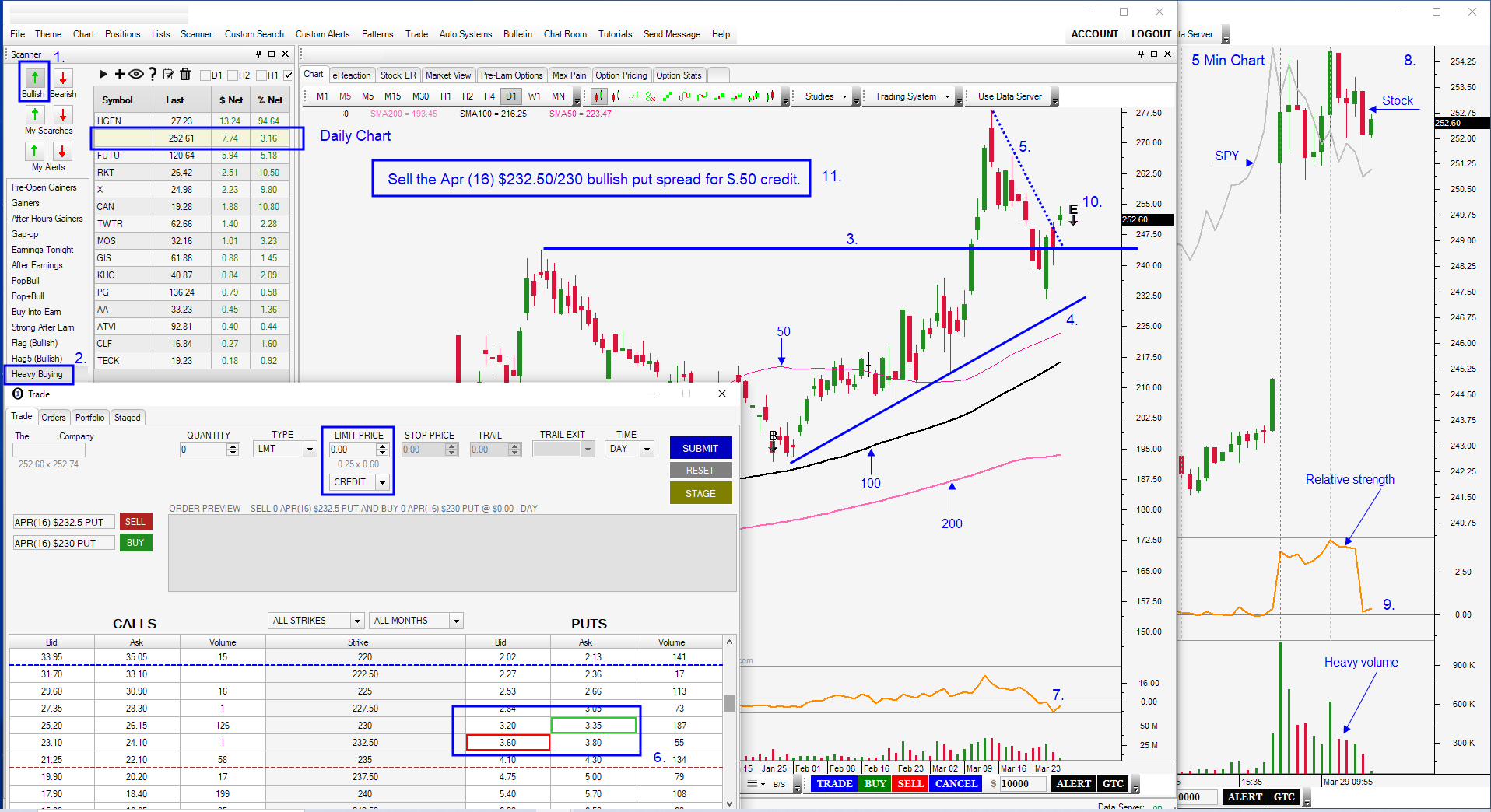Table of Contents
Introduction to Stocks and Day Trading
Stocks, also known as equities, are a fundamental component of any investment portfolio. Distinct from day trading, understanding the basics of stocks is vital to effectively trading stocks and day trading. Day trading involves buying and selling financial instruments, like stocks, within the same trading day, aiming to capitalize on short-term price movements. The intricacies of stocks and day trading can significantly impact an investor’s portfolio strategy. Stocks, the cornerstone of many investment portfolios, serve as the primary assets in day trading endeavors.
What Are Stocks?
A stock signifies ownership in a corporation, represented by shares. These units grant shareholders a claim to assets and profits proportional to their stock holdings. Stocks and day trading predominantly revolves around stocks traded on exchanges, subject to stringent governmental regulations safeguarding investors from fraudulent practices. Understanding the nuances of stocks as assets is pivotal for both long-term investors and those engaging in the rapid fluctuations of day trading. Stocks, as financial instruments, present varying degrees of risk and return potential, making them a versatile asset class for investors exploring day trading.
Key Takeaways:
- Stocks denote ownership in a corporation and are chiefly traded on exchanges.
- Corporations issue stocks to raise operational funds.
- There are two main types: common and preferred.
- Investing in stocks and day trading are two very different financial activities

Historically, stocks have shown significant long-term outperformance compared to other investments. Stocks have been the bedrock of investment portfolios for decades, providing both stability and growth potential. This understanding is vital for traders navigating the volatility of stocks and day trading, where quick decisions hinge on stock price movements. Recognizing the historical performance of stocks encourages a balanced approach, combining long-term investment strategies with the dynamic nature of day trading.
Interested In Learning More?
Understanding Ownership through Stocks
Corporations issue stocks to gather funds for operations, entitling shareholders to assets and earnings. Shareholders’ ownership percentage is calculated relative to outstanding shares; their ownership doesn’t translate to owning the corporation itself. This fractional ownership model in stocks and day trading, where investors hold positions for fleeting moments, leveraging the minute fluctuations in stock prices. Recognizing this fractional ownership is crucial in optimizing day trading strategies, where rapid buying and selling actions capitalize on these fractional stakes for short-term gains.
Separation of ownership and control is a core aspect where shareholders own shares, while corporations own assets. This legal distinction safeguards both entities’ assets, limiting liabilities in cases like bankruptcy. This legal framework plays a critical role in mitigating risks associated with stocks and day trading, providing a clear separation between traders’ assets and market volatility. Understanding this distinction fosters a prudent approach to day trading, minimizing potential risks and maximizing opportunities.
Shareholder Rights and Responsibilities
Owning stocks grants shareholders certain privileges like voting in meetings, receiving dividends, and selling shares. Majority shareholders wield substantial influence, indirectly steering company direction by appointing the board of directors. In day trading, however, the focus often shifts from these rights to short-term price movements and market sentiment. While these rights are pertinent for long-term investors, day traders often leverage rapid price fluctuations, prioritizing immediate gains over long-term shareholder rights.
Understanding the distinction between common and preferred stocks is crucial. Common stocks offer voting rights and dividend entitlements, while preferred stocks prioritize asset claims and dividends over common stock during bankruptcy. This understanding of stock classifications is vital for day traders assessing risk factors associated with different stock types. While day traders focus on rapid price movements, understanding these distinctions helps in making informed decisions when dealing with stocks and day trading
Comparing Stocks and Bonds
Differentiating stocks from bonds is essential. While stocks denote ownership in a company, bonds make holders creditors entitled to interest and principal repayment. Stocks inherently bear more risk, as bondholders have priority in bankruptcy proceedings. Understanding the risk-reward dynamics of stocks and bonds is pivotal for investors, particularly for those venturing into day trading. The higher risk profile of stocks necessitates a balanced approach in day trading strategies, accounting for potential market volatility and inherent risk factors. Learn more about bonds.
How To Buy & Sell Stocks and Day Trading, Investing
Stocks are primarily traded on exchanges like Nasdaq or NYSE. After an IPO, stocks become available for public trading. Investors use brokerage accounts to buy and sell stocks, influenced by market demand and supply. For day traders, leveraging these exchanges and understanding their dynamics is crucial for identifying short-term trading opportunities. Day traders often rely on real-time market data and swift execution on these platforms to capitalize on fleeting price movements.
Earning from Stocks
Stock ownership yields income through dividends and capital appreciation. Dividends are distributions from company profits, while capital appreciation pertains to share price increase. This understanding of income generation from stocks is pertinent for both long-term investors and day traders. While day traders often focus on immediate price gains, dividends and capital appreciation present additional avenues for income generation in the stock market.
Understanding Stock Risks
All investments carry risk, including stocks. Market fluctuations and corporate decisions can impact stock value. Historically, stocks have outperformed other investments in the long run. Recognizing the inherent risks in stocks is essential for investors, especially those engaged in day trading. Day traders thrive in volatility, leveraging short-term price fluctuations. Understanding and managing risks associated with market volatility are integral aspects of successful day trading.
Stocks represent fractional ownership in corporations and differ from bonds, which act as loans. Companies issue stocks for capital and expansion. Understanding common and preferred stocks is vital for shareholders to comprehend their ownership rights and benefits. The details of stocks are relevant to traders looking to transact stocks and day trading.
Interested In Learning More?
Stocks and Day Trading
Day trading has become more popular thanks to user-friendly trading apps like Robinhood, TD Ameritrade, and Charles Schwab offering zero-commission trades. The accessibility of stocks and day trading platforms has revolutionized the landscape, allowing retail investors to engage in rapid trading activities previously dominated by institutional players.

What is Day Trading?
Day trading revolves around the rapid buying and selling of stocks or assets within a single trading day, capitalizing on fleeting price fluctuations. It’s not a traditional form of investment but rather a strategy leveraging short-term market movements. The dynamic nature of day trading necessitates quick decisions and precise timing to capitalize on these short-term price fluctuations. Understanding the speed and volatility of day trading is crucial for investors venturing into this arena.
Key Takeaways:
- Day traders aim to profit from rapid price fluctuations during a trading day.
- Various techniques, including technical analysis and news-based trading, inform day trading strategies.
- Stocks and day trading demands self-discipline and objectivity amid market volatility.
The Basics of Day Trading
Day trading involves swift buy-and-sell actions within seconds or a day. It’s prominent in stock markets and the forex, attracting well-educated and well-funded traders who often utilize leverage to magnify stakes. Recognizing the speed and intensity of day trading activities is pivotal for traders navigating the rapid pace of stock and day trading. These traders rely on quick decisions and rapid execution to capitalize on short-term price movements.
Day traders closely monitor events causing short-term market shifts, seizing opportunities around news events or sudden market movements triggered by economic statistics, corporate earnings, or interest rate announcements. Staying abreast of these market catalysts is essential for day traders, as these events often lead to sudden price fluctuations. Day traders capitalize on these fleeting market movements to make rapid trading decisions.
Day Trading Strategies
Numerous intraday strategies fuel day trading, such as scalping, range trading, news-based trading, and high-frequency trading (HTF), each capitalizing on perceived market inefficiencies. These strategies are tailored to exploit short-term market anomalies, enabling day traders to generate profits within small time frames. Understanding and implementing these strategies effectively are crucial for successful day trading endeavors.
Why Day Trading Is Controversial
The potential for substantial profits in day trading has led to debates. While successful day traders exist, the risks associated are substantial. Some experts caution against active trading strategies, citing potential underperformance compared to passive index strategies over time, especially after considering fees and taxes. The controversy surrounding day trading stems from its high-risk nature and the potential for substantial financial gains or losses within short time frames. Recognizing these debates helps investors approach day trading with caution and a clear understanding of associated risks.
Starting as a Day Trader
Successful day traders typically possess market knowledge, technical analysis skills, sufficient capital, and disciplined trading strategies. Deep market understanding and risk awareness are crucial for sound decision-making. Starting as a day trader requires a comprehensive understanding of market dynamics and the ability to navigate market volatility. Recognizing the importance of market knowledge and risk management is pivotal for aspiring day traders.
Day Trading and Its Tools
Access to a trading desk, multiple news sources, and analytical software are pivotal for day traders. These tools provide an edge, enabling quick order execution, up-to-date news, and sophisticated trading analysis. Utilizing these tools effectively is essential for day traders to make informed decisions and execute trades swiftly. Day traders rely on real-time market data and analytical tools for rapid decision-making.
Risks of Day Trading
The risks inherent in day trading are significant, ranging from severe financial losses to the stress of monitoring markets constantly. Day traders often depend on borrowed money and are susceptible to the allure of easy profits, potentially overlooking the volatility and risks involved. Acknowledging the inherent risks in day trading is critical for investors. The stress associated with monitoring markets constantly and the potential for substantial financial losses underscore the importance of risk management and disciplined trading strategies.
Interested In Learning More?
Should You Start Day Trading?
Starting day trading requires prior knowledge, disciplined practice, and a clear plan. Starting small, maintaining emotional control, and meticulous trade planning are vital for success. Evaluating the prerequisites for stocks and day trading, such as market knowledge and emotional discipline, is essential for individuals considering this venture. Starting small and gradually scaling one’s involvement in day trading helps in managing risks associated with market volatility.
Day Trading Example and Rules
A successful day trade involves technical analysis, pre-set entry and exit points, and adherence to the planned strategy. The rule of not holding positions overnight is a common practice among day traders to mitigate risks associated with overnight market movements in stocks and day trading. Implementing a well-defined trading strategy and adhering to predetermined rules are crucial for successful day trading. The emphasis on technical analysis and predefined entry and exit points helps day traders manage risks effectively.
Day Trading Requirements
Day traders need access to a trading desk, multiple news sources, and sophisticated analytical software to compete effectively. Margin requirements and buying power regulations also influence day trading strategies. Fulfilling the technical requirements for day trading, such as access to trading platforms and analytical tools, is essential for traders. Understanding margin requirements and buying power regulations aids in devising effective trading strategies within regulatory frameworks.

The Bottom Line on Stocks and Day Trading
Day trading presents both the potential for significant profits and substantial risks. It demands a comprehensive understanding of markets, discipline, and substantial capital. While intriguing, it’s crucial to approach day trading cautiously. Recognizing the inherent opportunities and risks in day trading helps investors approach this endeavor with a balanced perspective, combining the potential for profits with prudent risk management strategies.









